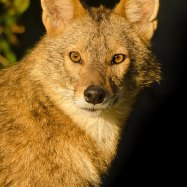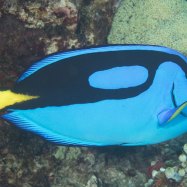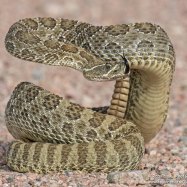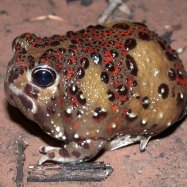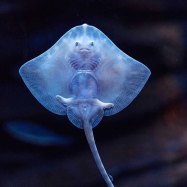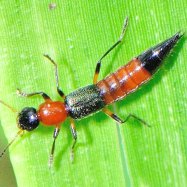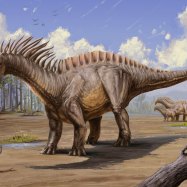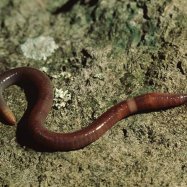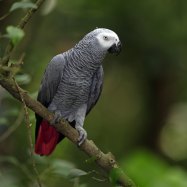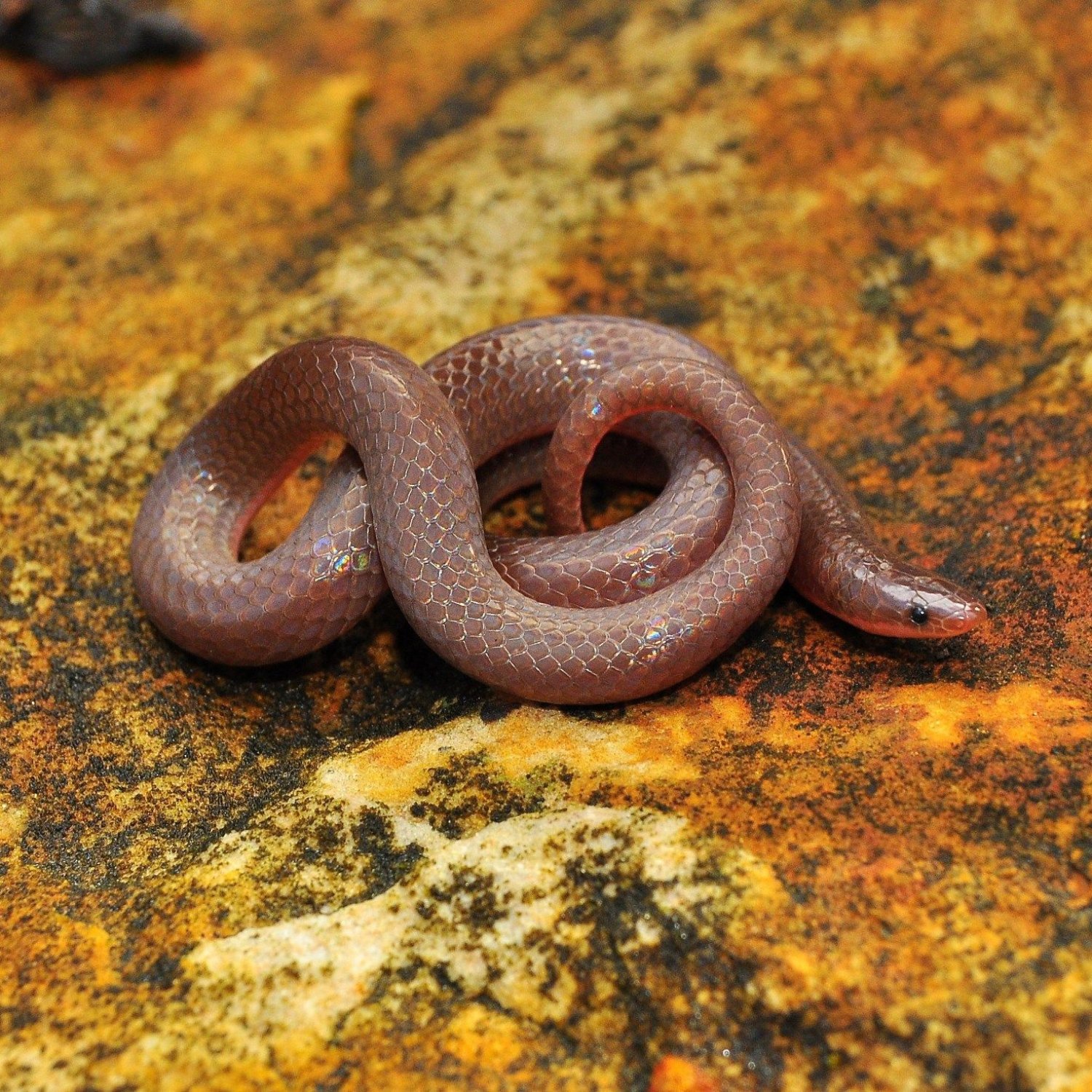
Worm Snake
7 to 14 inches
The Worm Snake, also known as the Eastern Worm Snake, is a small harmless snake that can range from 7 to 14 inches in length. They are commonly found in the Eastern United States and are part of the Colubridae family. Their body shape is slender and cylindrical, making them excellent at burrowing through soil. Don't be alarmed if you see one in your garden, as they are harmless and help control pest populations. #WormSnake #EasternUnitedStates #Colubridae
Animal Details Summary:
Common Name: Worm Snake
Kingdom: Animalia
Habitat: Moist forest floors, meadows, wetlands
The Mysterious and Misunderstood Worm Snake of Eastern United States: Carphophis amoenus
The moist forest floors, meadows, and wetlands of the eastern United States hide a secret - the elusive and secretive worm snake. With its scientific name Carphophis amoenus, commonly known as the worm snake, this reptile belongs to the kingdom Animalia, the phylum Chordata, and the class Reptilia. Its order is Squamata, and its family is Colubridae, making it a distant relative of other more well-known snakes like the corn snake and the garter snake. However, the worm snake is often overshadowed by its more popular and larger counterparts Worm Snake. But it is time to put the spotlight on this mysterious and misunderstood creature.The worm snake earned its name due to its slender and cylindrical body shape, resembling a large earthworm. It has a length range of 7 to 14 inches, making it one of the smallest snakes in North America. However, its small size doesn't take away from its impressive features. It may look unassuming, but the worm snake has unique characteristics and behaviors that make it a fascinating creature to study.
Habitat and Feeding Method
The worm snake thrives in moist and damp environments, making the eastern United States the perfect habitat. It can be found in forest floors, meadows, and wetlands, where it can burrow and hide in the soil. It is also an excellent climber, allowing it to take refuge in trees and bushes. Its preferred diet consists of small invertebrates like earthworms, slugs, snails, and some insects Welsh Springer Spaniel. Hence, the worm snake plays a crucial role in controlling pest populations, making it a beneficial species in the ecosystem.Its feeding method is unique and distinct from other snakes. While most snakes use their sharp teeth and powerful jaws to grab and subdue their prey, the worm snake has adapted to a different technique. It has a specialized jaw that helps it deal with its soft-bodied prey. The worm snake catches its prey by locating it through its keen sense of smell and then impaling it with its protruding, sharp spine-like teeth at the back of its mouth. It then chews on the prey to release its juices, which the worm snake ingests.
This strategy is surprisingly effective, allowing the worm snake to feed on creatures that other snakes might not be able to. Its feeding behavior has also earned it another nickname, the "stiletto snake" due to the striking and impaling motion it uses to catch its prey.
Geographical Distribution and Country of Origin
The worm snake's geographical distribution is limited to the eastern United States, with a range that includes states such as New York, North Carolina, and Florida. Although it is widely distributed, it tends to prefer specific areas with moist and soft soil. It is also shy and elusive, making it challenging to spot in the wild. Its reclusive nature makes studying its behaviors and movements challenging, contributing to the lack of awareness and knowledge about the species.As mentioned earlier, the worm snake is native to the United States, where it has lived for centuries. It is considered a natural part of the ecosystem, contributing to the balance and diversity of the environment. However, in recent years, factors such as habitat loss and degradation have threatened its existence, making it a vulnerable species.
Animal Coloration and Body Shape
The worm snake's appearance is another intriguing aspect of its existence. It has a unique coloration that allows it to blend seamlessly with its surroundings. Its body is usually brown or gray, with a pink or white belly. This coloration helps it hide from predators, making it challenging to spot in its natural habitat. Its body shape is slender and cylindrical, with smooth scales that aid in its movement underground. Its cylindrical body shape also allows it to burrow easily into the soil, where it can seek shelter and hunt for food.The worm snake also has a tail tip that resembles a tiny, pointed head, giving it an appearance of having two heads. This feature is a defense mechanism that tricks predators into attacking the tail instead of the head. This unique defense mechanism, combined with its coloration and body shape, makes the worm snake a well-adapted and successful species.
The Importance of Studying the Worm Snake
As with all living creatures, the worm snake plays a vital role in maintaining the balance and health of its ecosystem. Its feeding method and diet have a significant impact on controlling pest populations, making it a beneficial species. Also, since it is a prey species for larger animals such as birds and mammals, its existence contributes to the food chain.Furthermore, studying the worm snake can provide us with a deeper understanding of its unique adaptations and behaviors. As a result, we can develop conservation efforts and strategies to protect and preserve this species. With the increasing threats to its habitat and dwindling populations, it is crucial to gain more knowledge about the worm snake to ensure its survival for generations to come.
Challenges in Studying the Worm Snake
Despite its ecological importance and potential for further research, studying the worm snake presents many challenges. Its elusive nature makes it difficult to locate and track in the wild. Its small size also makes it challenging to handle and track in laboratory settings. Additionally, the lack of awareness and interest in this species has resulted in inadequate funding and resources for research and conservation efforts.To overcome these challenges, it is vital to raise awareness about the worm snake and its significance in the ecosystem. Educating the public about this species can generate more interest and support for research and conservation efforts. Moreover, it is crucial to protect the habitats where the worm snake thrives to ensure its survival and the preservation of its unique characteristics.
In Conclusion
The worm snake may be small and unassuming, but it is a fascinating creature with unique features and behaviors. Its secretive nature and limited distribution make it a mysterious species, worth studying and preserving. As we continue to learn more about this elusive creature, let us also strive to protect its habitat and ensure its survival for future generations. The worm snake is a crucial part of the ecosystem, and its existence is a testament to the beauty and diversity of nature. Let us all work towards safeguarding this remarkable reptile and appreciating its importance in the world around us.

Worm Snake
Animal Details Worm Snake - Scientific Name: Carphophis amoenus
- Category: Animals W
- Scientific Name: Carphophis amoenus
- Common Name: Worm Snake
- Kingdom: Animalia
- Phylum: Chordata
- Class: Reptilia
- Order: Squamata
- Family: Colubridae
- Habitat: Moist forest floors, meadows, wetlands
- Feeding Method: Carnivorous
- Geographical Distribution: Eastern United States
- Country of Origin: United States
- Location: Eastern United States
- Animal Coloration: Brown or gray with a pink or white belly
- Body Shape: Slender and cylindrical
- Length: 7 to 14 inches
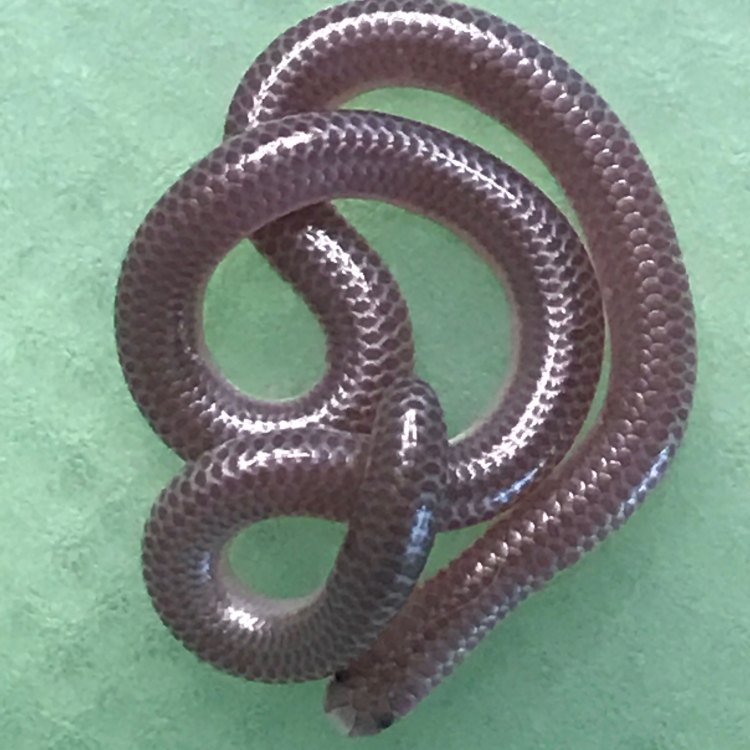
Worm Snake
- Adult Size: 7 to 14 inches
- Average Lifespan: 5 to 10 years
- Reproduction: Sexual
- Reproductive Behavior: Eggs are laid in underground nests
- Sound or Call: None
- Migration Pattern: Non-migratory
- Social Groups: Solitary
- Behavior: Nocturnal and burrowing
- Threats: Habitat loss, predation
- Conservation Status: Least Concern
- Impact on Ecosystem: Preys upon small invertebrates, helps control pest populations
- Human Use: Not commonly used
- Distinctive Features: Smooth and shiny scales, small size
- Interesting Facts: Worm snakes are often mistaken for earthworms due to their small size and slender shape.
- Predator: Birds, mammals, and larger reptiles
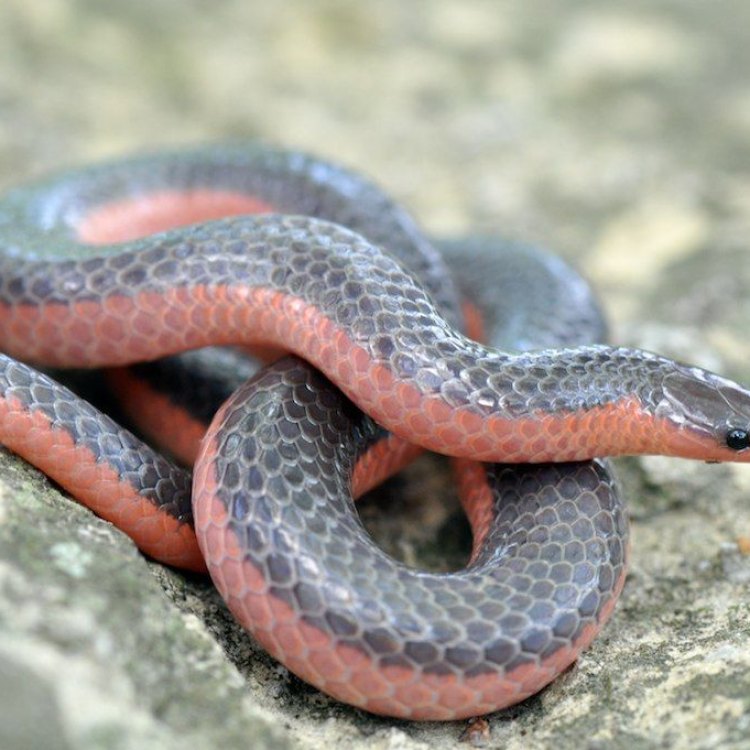
Carphophis amoenus
The Fascinating World of Worm Snakes – Nature's Little Burrowers
There's a tiny and elusive creature that roams the shadows of the forest floor, slithering through the soil and under rocks. You may not have heard of it, but the worm snake (Carphophis amoenus) is a unique and fascinating species that deserves a closer look. Despite its unassuming appearance and secretive nature, the worm snake has a lot to offer in terms of its role in the ecosystem and its intriguing characteristics. So, let's dive into the world of these diminutive serpents and discover what makes them so special PeaceOfAnimals.Com.The worm snake, also known as the eastern worm snake, is a small species of non-venomous snake that is found in the eastern part of North America. As their name suggests, they are often mistaken for earthworms due to their small size and slender, worm-like shape. In fact, they are one of the smallest snakes in North America, reaching an adult size of only 7 to 14 inches in length. However, don't let their size fool you – these little snakes have a lot of fascinating features and behaviors that make them stand out in their environment.
Like most snakes, the average lifespan of a worm snake is about 5 to 10 years in the wild. They reach sexual maturity at around 2 to 3 years of age and start reproducing. Worm snakes are sexual reproducers, meaning they require a male and female to mate and produce offspring. During the breeding season, which usually occurs in the spring, males actively search for females and engage in courtship behaviors. Once eggs are fertilized, the female will lay them in underground nests, where they will incubate for about 5 weeks before hatching into tiny baby snakes White Rhinoceros.
One of the most interesting things about worm snakes is their lack of sound or call. Unlike other snakes that may hiss, rattle, or make other vocalizations, worm snakes are completely silent. This is due to their specialized anatomy – their small size, lack of vocal cords, and reduced lung capacity make it difficult for them to produce any sound. This makes them one of the few truly silent snakes in the world.
When it comes to migration, worm snakes are non-migratory species. They typically stay within a relatively small area, usually less than half an acre, and don't travel long distances. This is because they prefer to stay within their preferred habitat – woodland areas with moist soil where they can easily burrow.
Another unique aspect of worm snake behavior is their solitary nature. They are not social animals and prefer to spend most of their time alone. They are also nocturnal, meaning they are most active at night, when they come out of their burrows to forage for food and search for potential mates. During the day, they retreat to cool, dark places such as underground burrows or leaf litter, where they can hide from predators and the hot sun.
Speaking of predators, worm snakes face a variety of threats in their environment. Their small size and secretive behavior make them vulnerable to predators such as birds, mammals, and larger reptiles. In addition, habitat loss due to human development, agriculture, and deforestation poses a significant threat to their survival. As their forest home is destroyed, they have fewer places to hide and fewer resources to sustain their population.
Despite these challenges, worm snakes are currently listed as a species of Least Concern on the International Union for Conservation of Nature (IUCN) Red List. This is due to their wide distribution and relatively stable population. However, it's important to keep a close eye on their numbers and protect their habitat to ensure their survival in the future.
So why should we care about these small, unassuming creatures? Well, worm snakes play a significant role in their ecosystem. As nocturnal and burrowing animals, they have a unique diet that consists mainly of small invertebrates, such as earthworms, slugs, and insects. This makes them an important part of the food chain, as they help control the populations of these pests. In addition, their burrowing behavior helps to aerate and mix soil, which is beneficial for plant growth. This makes them essential for maintaining a healthy and balanced ecosystem.
In terms of human use, worm snakes are not commonly used or kept as pets. They are not venomous and have no commercial value, so they are not targeted by the pet trade. However, they do play a significant role in scientific research and education. As part of their unique characteristics, worm snakes have smooth and shiny scales, which are often studied for their structure and function. In addition, these little snakes make great candidates for educational programs, as their docile nature and fascinating behaviors make them a hit with audiences of all ages.
If you're lucky enough to come across a worm snake, you may be struck by its distinctive features. As mentioned earlier, its small size and worm-like appearance are its most obvious traits, but there are a few other characteristics that set it apart from other snakes. Worm snakes have smooth and shiny scales, giving them a glossy appearance. They also have a blunt head and short, pointed tail, which helps them burrow into the ground more efficiently. Overall, they have a deceptively simple and unassuming appearance, but once you take a closer look, you'll discover a world of unique features that make them stand out in their environment.
In conclusion, the humble worm snake may seem like a tiny and insignificant creature, but it has a lot to offer in terms of its role in the ecosystem and its intriguing characteristics. From its lack of sound and solitary nature to its small size and shiny scales, these little burrowers have a lot to teach us about the wonders of nature. So next time you venture into the forest, keep an eye out for these elusive serpents, and you may just gain a newfound appreciation for these little-known creatures.
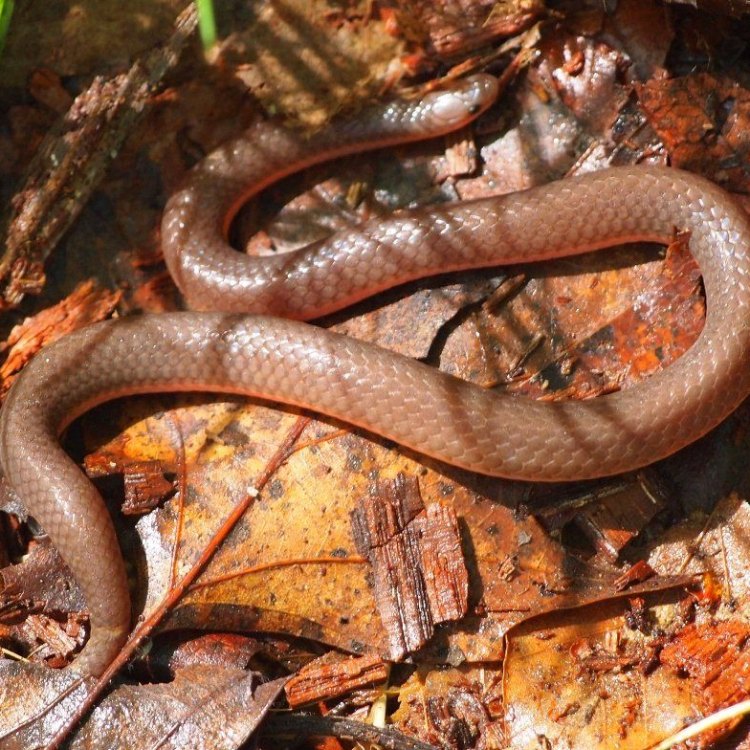
The Mysterious and Misunderstood Worm Snake of Eastern United States: Carphophis amoenus
Disclaimer: The content provided is for informational purposes only. We cannot guarantee the accuracy of the information on this page 100%. All information provided here may change without prior notice.



